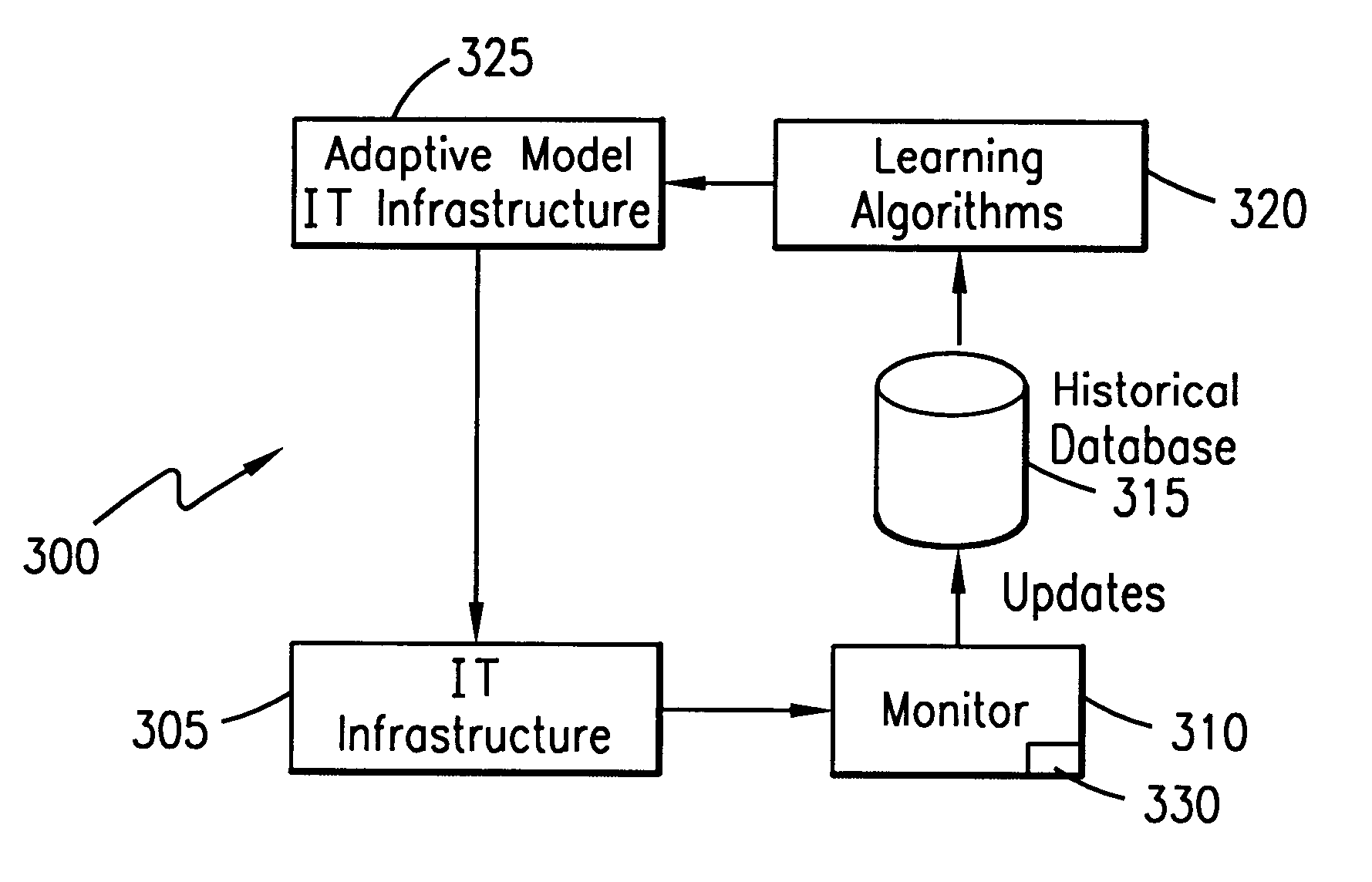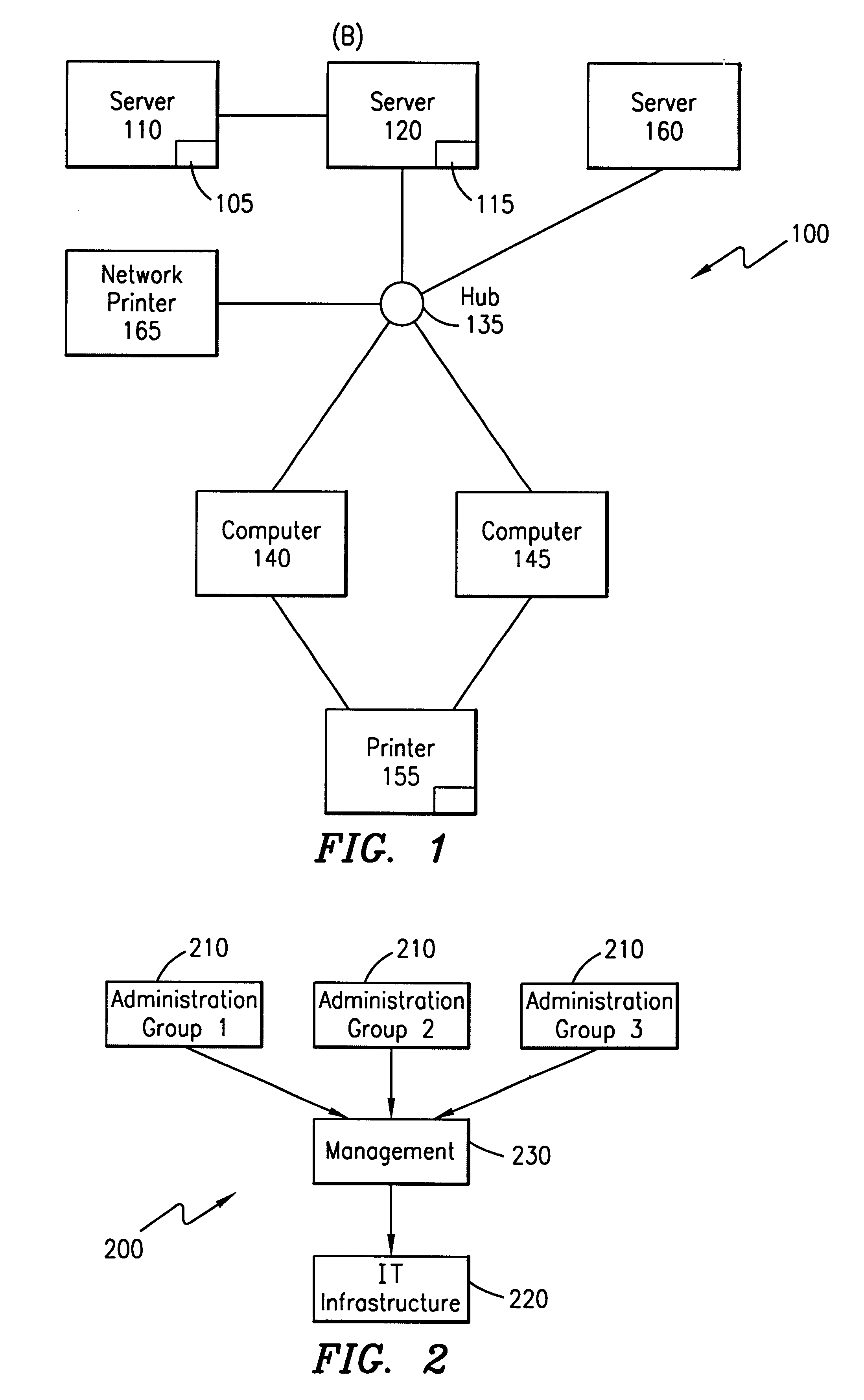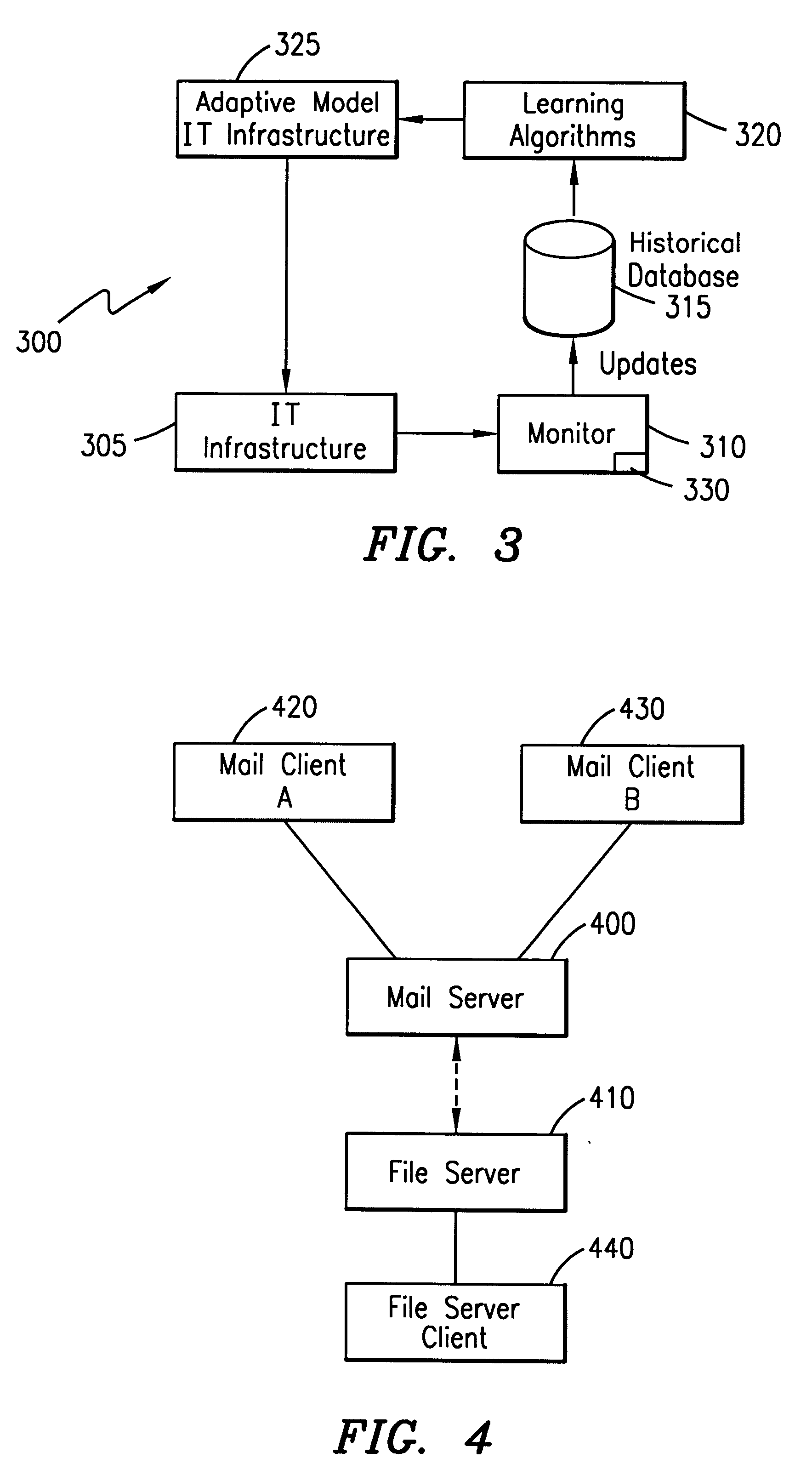System and method for model mining complex information technology systems
a technology of information technology systems and models, applied in the field of complex information technology systems, can solve the problems of system performance lag or inconsistentness, the behavior of these complex systems becomes more difficult to predict, and the information technology (it) system becomes increasingly complex and difficult to manage, so as to save human and financial resources, and facilitate the retrieval of media
- Summary
- Abstract
- Description
- Claims
- Application Information
AI Technical Summary
Benefits of technology
Problems solved by technology
Method used
Image
Examples
Embodiment Construction
The present invention will now be described more fully hereinafter with reference to the accompanying drawings, in which preferred embodiments of the invention are shown. This invention may, however, be embodied in many different forms and should not be construed as limited to the embodiments set forth herein; rather, these embodiments are provided so that this disclosure will be thorough and complete, and will fully convey the scope of the invention to those skilled in the art.
FIG. 3 shows a model of an adaptive system management scenario in accordance with the system and method of the present invention. The application of data mining for causal relations of system components on an information technology (IT) system, designated by the reference numeral 305, is illustrated in FIG. 3, in which the IT system 100 / 305 is connected to at least one monitor 310 that monitors the performance of the IT system 305. The monitor 310 is connected to a historical database 315, which is used to st...
PUM
 Login to View More
Login to View More Abstract
Description
Claims
Application Information
 Login to View More
Login to View More - R&D
- Intellectual Property
- Life Sciences
- Materials
- Tech Scout
- Unparalleled Data Quality
- Higher Quality Content
- 60% Fewer Hallucinations
Browse by: Latest US Patents, China's latest patents, Technical Efficacy Thesaurus, Application Domain, Technology Topic, Popular Technical Reports.
© 2025 PatSnap. All rights reserved.Legal|Privacy policy|Modern Slavery Act Transparency Statement|Sitemap|About US| Contact US: help@patsnap.com



